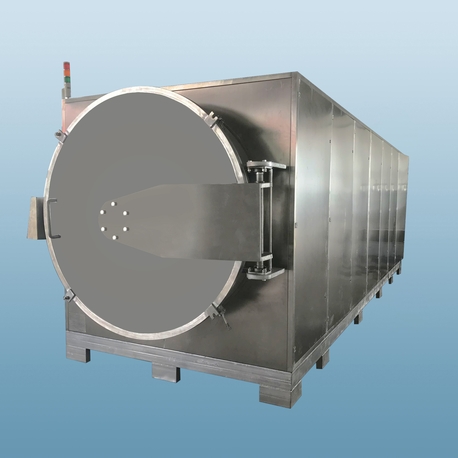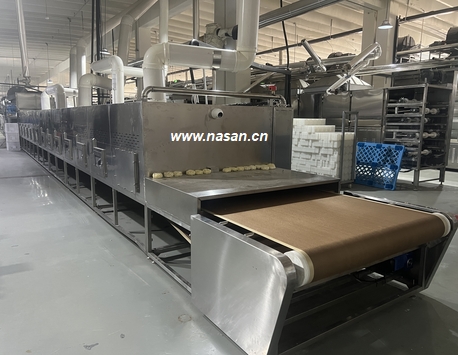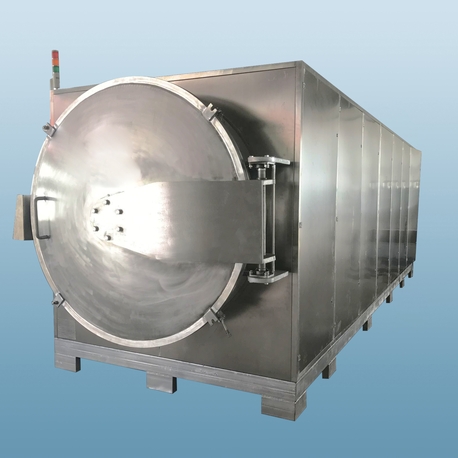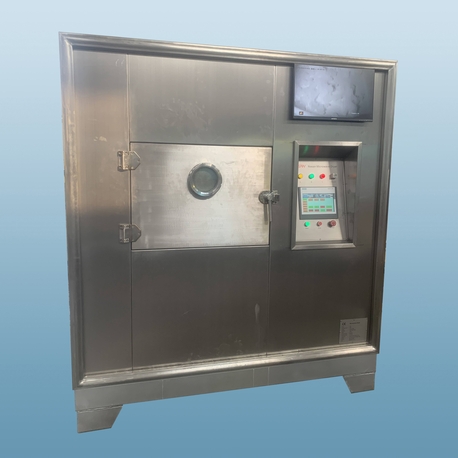In the world of industrial equipment and DIY tools, few devices are as versatile and essential as the hot air blower. Often overshadowed by more glamorous tools, this workhorse provides targeted heat for a staggering array of applications, from shrinking tubing on electronics to drying paint in massive manufacturing facilities. Whether you're a hobbyist looking for a basic model or a plant manager sourcing heavy-duty equipment, understanding the nuances of hot air blower technology is crucial. This article delves deep into the subject, exploring everything from hot air blower uses and hot air blower price considerations to the world of industrial hot air blower units and the leading industrial hot air blower manufacturers. We'll also address common challenges users face, providing a holistic view to guide your purchasing and operational decisions.
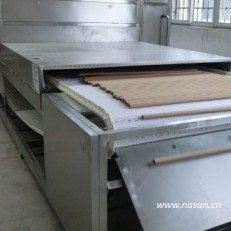
Understanding Hot Air Blower Price Factors
The hot air blower price can vary dramatically, from under $50 for a simple household unit to several thousand dollars for a high-capacity industrial system. This wide range exists because the cost is influenced by several key factors.
First and foremost is power and performance. Measured in watts (W) or British Thermal Units (BTUs), the heating capacity directly impacts price. A low-wattage unit (500-1500W) suited for crafts will be significantly cheaper than a 15,000W monster designed to strip paint off a steel beam. Airflow, measured in Cubic Feet per Minute (CFM) or liters per second (L/s), is another critical performance metric. Higher CFM ratings allow the tool to move more air, distributing heat more effectively over larger surfaces, which commands a higher hot air blower price.
Temperature range and control are also major cost drivers. Basic models may offer a single temperature setting or a simple high/low switch. More advanced, and consequently more expensive, models feature digital thermostats that allow users to set and maintain a specific temperature with precision, which is vital for sensitive tasks like bending plastics or loosening specific adhesives.
Build quality and durability contribute significantly to the cost. Consumer-grade tools often use more plastic components and simpler fan motors. An industrial hot air blower, built to withstand constant use in a demanding environment, will feature metal housings, robust heating elements, and industrial-grade motors, all of which increase the hot air blower price but also its lifespan and reliability.
Finally, brand reputation and additional features play a role. Established industrial hot air blower manufacturers often charge a premium for their proven reliability and after-sales support. Features like adjustable airflow, built-in overload protection, cold-shot functions (blowing air without heat to cool down a component), and ergonomic designs also add to the final cost.
The Versatile World of Hot Air Blower Uses
The utility of a hot air blower is truly remarkable, spanning countless industries and hobbies. Its fundamental purpose—applying a concentrated stream of heated air—makes it indispensable for tasks involving softening, drying, shrinking, or thawing.
In electronics and electrical work, one of the most common hot air blower uses is for soldering and desoldering components, especially surface-mount devices (SMDs). It's also the perfect tool for shrinking heat-shrink tubing to insulate wires and connections.
The construction and automotive sectors rely heavily on these tools. They are used for drying damp materials, thawing frozen pipes and locks in winter, softening adhesives and old paint for removal, bending plastic pipes, and loosening rusted bolts. In auto body shops, a hot air blower is essential for vinyl wrapping, removing decals, and shaping plastic trim.
Crafting and DIY enthusiasts find a multitude of hot air blower uses. It's a key tool for embossing powder on greeting cards, drying paint and glue quickly, welding plastics, and even creating art with thermochromatic materials.
In an industrial context, the uses expand further. An industrial hot air blower might be part of a production line for drying coatings on products, pre-heating parts before welding, activating adhesives on packaging, or even sterilizing surfaces. The scalability and precision of modern units make them a flexible solution for process heating.
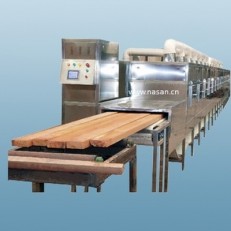
- The Power of an Industrial Hot Air Blower
When projects scale up from the workbench to the factory floor, a standard tool is no longer sufficient. This is where the industrial hot air blower comes into its own. Designed for continuous operation, durability, and high performance, these units are in a different league altogether.
An industrial hot air blower is characterized by its robust construction. Housings are typically made from reinforced, heat-resistant metals. The internal components—including the fan motor and heating element—are engineered for longevity and to resist the wear and tear of 24/7 operation. This built-to-last philosophy is a hallmark of top-tier industrial hot air blower manufacturers.
Performance metrics are also vastly superior. Industrial models deliver much higher airflow (CFM) and temperatures, often exceeding 1000°C (1832°F) in some specialized applications. They are designed to maintain these temperatures consistently over long periods without overheating or performance drop-off, a critical requirement for manufacturing processes.
Another key differentiator is integration and control. An industrial hot air blower is often designed to be integrated into larger machinery or automated systems. They feature advanced control interfaces (like PLC compatibility) for precise regulation of temperature and airflow, ensuring repeatable results in a production environment. They may also be part of larger systems, such as industrial drying tunnels that utilize multiple blowers.
A Look at Leading Industrial Hot Air Blower Manufacturers
The market for these powerful tools is served by several renowned industrial hot air blower manufacturers, each with its own strengths and specializations.
Leister Technologies (Switzerland) is a globally recognized leader. They are known for their high-quality, innovative, and reliable products across a wide range of industries, from plastics welding to industrial drying and processing. Their units are often considered the premium choice.
SPOTN is another major player, particularly strong in the European market. They offer a comprehensive range of hot air tools, from handheld guns to large centralized systems, known for their ergonomic design and durability.
Wagner (Germany) is a heavyweight, producing everything from small paint sprayers to massive industrial hot air systems for processes like powder coating pre-heating and composite material curing. Their expertise in large-scale applications is significant.
Master Appliance (US) and Steinel (Germany) are also prominent names. Master Appliance has a long history of providing robust professional-grade heat tools, while Steinel is often praised for the precision and advanced electronics in their handheld units, bridging the gap between professional and industrial use.
When evaluating industrial hot air blower manufacturers, it's important to consider not just the initial hot air blower price, but also the availability of spare parts, service support, warranty terms, and the manufacturer's expertise in your specific application area.
Common Problems and Troubleshooting for Hot Air Blowers
Even the best equipment can encounter issues. Understanding common problems can help with troubleshooting, maintenance, and making a wiser purchase decision.
Inconsistent or No Heat Output: This is the most common complaint. The usual culprit is a failed heating element. Elements burn out over time, especially if the unit is frequently used at its maximum temperature setting. Another cause could be a faulty thermal fuse or thermostat that has failed and is cutting power to the element as a safety precaution.
Weak or No Airflow: If the fan is running but little air is coming out, check for clogged air intakes or nozzles. Dust and debris can easily block these passages. If the fan isn't running at all, the motor may have failed, or a connection may be loose. Bent fan blades can also impede airflow.
Overheating and Automatic Shutoff: Modern units have safety cut-offs that turn the tool off if it risks overheating. This can be triggered by a dirty air filter (restricting cooling airflow), a failing motor, or simply using the tool at a high setting for longer than it's rated for. Regular cleaning is the best prevention.
Erratic Temperature Control: For units with variable temperature settings, fluctuations can be caused by a faulty potentiometer (control dial) or a failing electronic control board. This is more common in older or heavily used tools.
Physical Damage: Drops can crack ceramic insulation around heating elements, damage fan housings, or break electrical connections. An industrial hot air blower is built to be more resistant to this kind of damage, but it is not immune.
Preventative Maintenance Tips:
Regular Cleaning: Always keep air intakes and nozzles clear of debris.
Storage: Coil the cord loosely and store the tool in a dry place.
Filter Checks: If your model has a replaceable air filter, inspect and change it as recommended by the manufacturer.
Gentle Use: Avoid dropping the tool and allow it to cool down on the "cold" setting after heavy use to prolong the life of the heating element.
From its humble beginnings as a simple heating tool, the hot air blower has evolved into a sophisticated piece of equipment critical to countless tasks. The journey from understanding the factors behind hot air blower price to appreciating the vast range of hot air blower uses reveals its incredible versatility. For demanding applications, the power and resilience of an industrial hot air blower are unmatched, a testament to the engineering prowess of leading industrial hot air blower manufacturers. While these tools can face operational challenges, most common problems are preventable with proper care and maintenance. Whether you're a DIY enthusiast or an industrial plant manager, investing time in selecting the right blower for your needs will pay dividends in performance, efficiency, and results.


